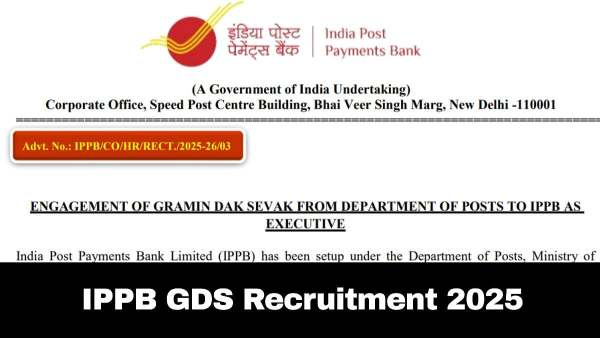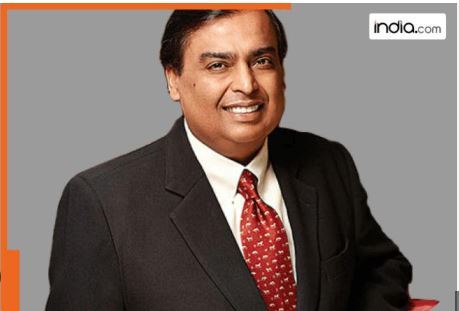India’s banking and finance journey has been a steady transformation from a quasi-central banking setup under colonial rule to one of the most digitised and inclusive systems in the world. It is a story shaped by landmark institutional changes, decisive policy shifts and rapid technological adoption, with the Reserve Bank of India (RBI) and the Ministry of Finance playing central roles in guiding its evolution.
These three institutions merged in 1921 to form the Imperial Bank of India, which for years functioned as a quasi-central bank until the RBI’s establishment in 1935.
After Independence, the need for a strong, state-backed institution to extend credit to rural India became pressing. Acting on the recommendations of the All India Rural Credit Survey Committee, the government passed the State Bank of India Act in 1955, transforming the Imperial Bank into the State Bank of India (SBI) with a clear mandate to serve the broader economy.
In 1969, Prime Minister Indira Gandhi brought 14 major private commercial banks under government ownership, aiming to align banking with national development goals. This move channelled credit towards agriculture, small industries and rural infrastructure.
A second wave of nationalisation followed in 1980, adding six more banks to the public sector and consolidating state control over the financial system. Alongside these changes, the cooperative banking movement, rooted in the 1904 Cooperative Societies Act, expanded access to credit in rural and semi-urban areas, operating on principles of mutual assistance and democratic governance.
Triggered by a balance of payments crisis, the government implemented sweeping liberalisation measures based on the Narasimham Committee’s recommendations.
Interest rates were freed from state control, statutory liquidity and reserve requirements were eased, prudential norms were brought in line with global standards, and private sector participation was encouraged through new bank licences.
This ushered in a new generation of private banks that embraced technology, customer service and competitive practices, compelling public sector banks to modernise in response.
As the century turned, technology began to redefine how Indians interacted with money.
The government’s push for financial inclusion through the Pradhan Mantri Jan Dhan Yojana in 2014 brought millions of unbanked households into the formal system, creating a foundation for the next wave of digital transformation.
By enabling instant, real-time transfers between individuals and merchants using simple IDs or QR codes, UPI revolutionised digital payments and made India a world leader in real-time transaction volumes.
Digital wallets, mobile banking and QR payments quickly became everyday tools, changing both consumer behaviour and the way businesses operate.
Meanwhile, the financial ecosystem expanded beyond traditional banks. Non-Banking Financial Companies, such as Bajaj Finserv and Muthoot Finance, began serving small businesses and under-banked populations, while fintech firms like Paytm and PhonePe reimagined payments, lending, insurance and wealth management.
The Account Aggregator framework enabled secure, consent-based sharing of financial data, paving the way for personalised services, while credit bureaus such as CIBIL standardised credit assessments and promoted responsible lending.
As of now, the sector stands on the brink of its next transformation: the RBI’s Central Bank Digital Currency, known as the digital rupee or e₹.
Designed as a sovereign-backed legal tender in digital form, it offers the convenience of instant settlement and zero transaction costs, functioning like physical cash but stored in a secure digital wallet.
Pilot programmes are already testing its use in both wholesale and retail contexts, signalling the start of a new era in India’s financial story, one where the boundaries between traditional banking, fintech and digital currency may blur entirely.
Imperial Bank to the RBI
The foundations were laid in the early 19th century with the setting up of Presidency Banks: the Bank of Calcutta in 1806, the Bank of Bombay in 1840 and the Bank of Madras in 1843.These three institutions merged in 1921 to form the Imperial Bank of India, which for years functioned as a quasi-central bank until the RBI’s establishment in 1935.
After Independence, the need for a strong, state-backed institution to extend credit to rural India became pressing. Acting on the recommendations of the All India Rural Credit Survey Committee, the government passed the State Bank of India Act in 1955, transforming the Imperial Bank into the State Bank of India (SBI) with a clear mandate to serve the broader economy.
Bank nationalisation
The nationalisation of banks marked another turning point.In 1969, Prime Minister Indira Gandhi brought 14 major private commercial banks under government ownership, aiming to align banking with national development goals. This move channelled credit towards agriculture, small industries and rural infrastructure.
A second wave of nationalisation followed in 1980, adding six more banks to the public sector and consolidating state control over the financial system. Alongside these changes, the cooperative banking movement, rooted in the 1904 Cooperative Societies Act, expanded access to credit in rural and semi-urban areas, operating on principles of mutual assistance and democratic governance.
1991 reforms
The reforms of 1991 fundamentally reshaped the sector.Triggered by a balance of payments crisis, the government implemented sweeping liberalisation measures based on the Narasimham Committee’s recommendations.
Interest rates were freed from state control, statutory liquidity and reserve requirements were eased, prudential norms were brought in line with global standards, and private sector participation was encouraged through new bank licences.
This ushered in a new generation of private banks that embraced technology, customer service and competitive practices, compelling public sector banks to modernise in response.
As the century turned, technology began to redefine how Indians interacted with money.
ATMs, cards and internet banking
The first ATM appeared in 1987, credit card usage slowly expanded with the arrival of global players like Visa and Mastercard, and internet banking gave customers the ability to manage accounts remotely.The government’s push for financial inclusion through the Pradhan Mantri Jan Dhan Yojana in 2014 brought millions of unbanked households into the formal system, creating a foundation for the next wave of digital transformation.
UPI and the digital payments revolution
That wave arrived with the Unified Payments Interface in 2016, launched by the National Payments Corporation of India.By enabling instant, real-time transfers between individuals and merchants using simple IDs or QR codes, UPI revolutionised digital payments and made India a world leader in real-time transaction volumes.
Digital wallets, mobile banking and QR payments quickly became everyday tools, changing both consumer behaviour and the way businesses operate.
Meanwhile, the financial ecosystem expanded beyond traditional banks. Non-Banking Financial Companies, such as Bajaj Finserv and Muthoot Finance, began serving small businesses and under-banked populations, while fintech firms like Paytm and PhonePe reimagined payments, lending, insurance and wealth management.
The Account Aggregator framework enabled secure, consent-based sharing of financial data, paving the way for personalised services, while credit bureaus such as CIBIL standardised credit assessments and promoted responsible lending.
As of now, the sector stands on the brink of its next transformation: the RBI’s Central Bank Digital Currency, known as the digital rupee or e₹.
Designed as a sovereign-backed legal tender in digital form, it offers the convenience of instant settlement and zero transaction costs, functioning like physical cash but stored in a secure digital wallet.
Pilot programmes are already testing its use in both wholesale and retail contexts, signalling the start of a new era in India’s financial story, one where the boundaries between traditional banking, fintech and digital currency may blur entirely.












